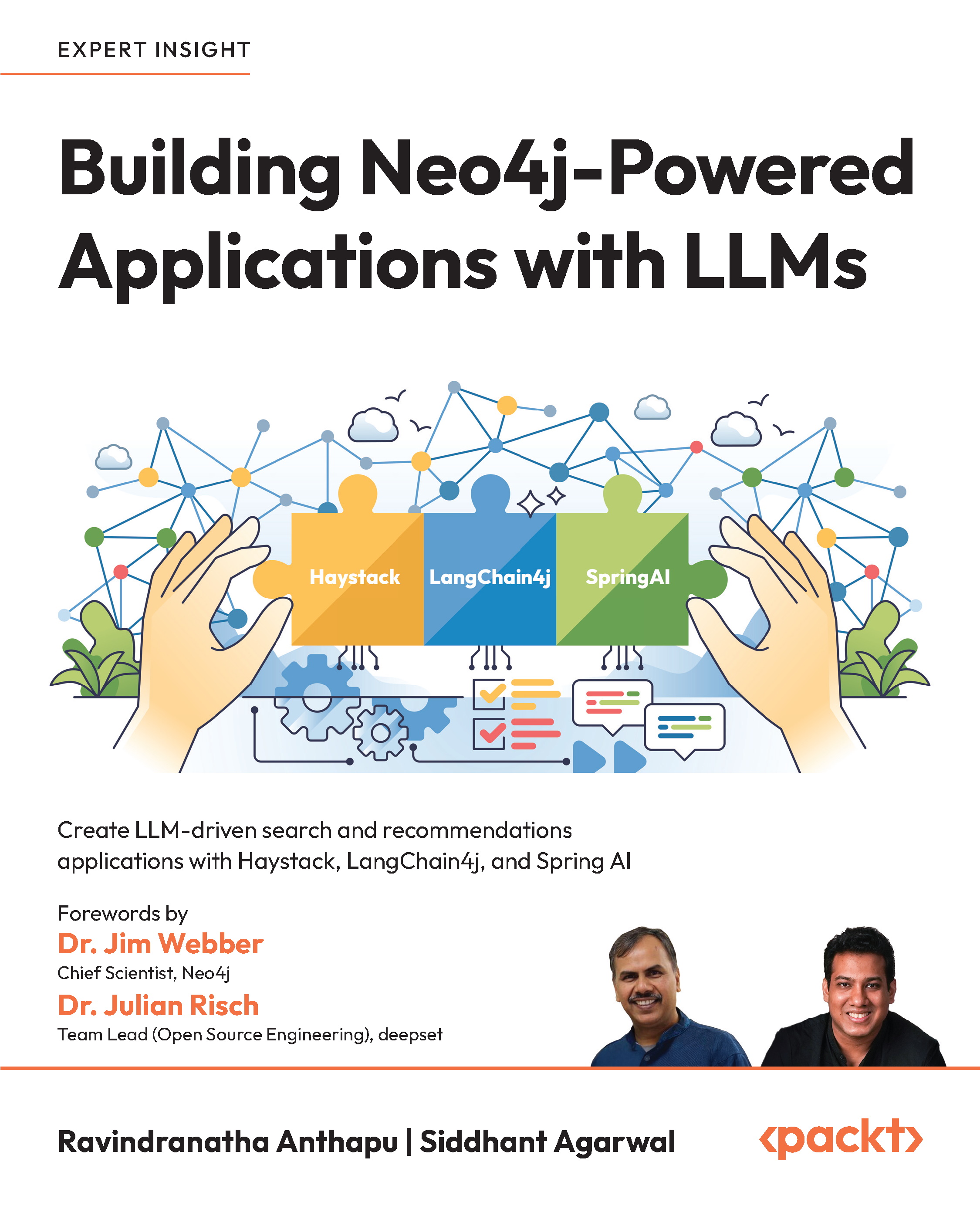(For more resources on Oracle, see here.)
BPMN 2.0 concepts
BPMN stands for Business Process Modeling Notation and is a public standard maintained by OMG. It describes a business-friendly, flow chart-like graphical notation that business process analysts and business users can use to model business processes and has support for process interactions, exception handling, compensation semantics, and so on. It is widely accepted by both commercial and open source BPMS tooling vendors. It is highly adaptable and can be used to capture everything from abstract process outlines to detailed process flows to implementation ready processes. One of the main value propositions of BPMN besides being a diagram standard is the precise semantics behind the diagram. The shape, the symbols (also referred to as markers), the borders, the placement of the BPMN diagram elements, as well as their properties have well defined meanings and have to be interpreted in the same manner by all tools.
While BPMN 1.1 comprehensively addresses process modeling notations, it's failure to address an interchange format (for diagram exchange) has resulted in implementation vendors adopting different standards (BPEL, XPDL, other proprietary formats) to store BPMN process models leading to not only a loss of portability across tools but also making it difficult to communicate across the various stakeholders. The vision of BPMN is to have a single specification for notation, metamodel, and interchange. In addition, BPMN 2.0 has been expanded to include orchestrations and choreography of process models.

Salient enhancements to BPMN 2.0 are as follows:
- BPMN 2.0 includes both diagram interchange as well as model interchange (the interchange formats can be either XML or UML) enabling portability of BPMN models across tool vendors.
- Formal execution semantics for all BPMN elements—BPMN 2.0 can not only be used to capture process models but can be used as an implementation model as well. IT simply layers the process execution details on top of the business process model leading to effective business-IT collaboration. Historically, business process models developed by business people have been technically separated from the process representations required by systems designed to implement and execute those processes. Thus, there was a need to manually translate the original business process models to the execution models. Vendors used standards such as BPEL and XPDL to save as well as execute BPMN Process models. Such translations are subject to errors and the impedance mismatch made it difficult for the process model and the executable process to be in sync with each other, as changes were made to both during the process development life cycle. With BPMN 2.0, there is no translation involved and the model is the implementation as well.
- Defines an extensibility mechanism for both Process model extensions and graphical extension.
- Refines event composition and correlation.
- Extends the definition of human interactions and aligns BPEL4People with the BPMN specification.
- Defines a Choreography model.
A quick introduction to BPMN
At its heart, BPMN has only three main elements, also referred to as Flow Objects—Activity (rectangle), Events (circle), and Gateways (diamond). An Activity represents some work done; Gateway represents a decision point or parallel forking or merge or join; Event represents either a trigger generated by the process or received by the process (from external source or from some other part of the process).
These Flow Objects are linked by connections referred to as Sequential Flows. These Sequential Flows represent the chronological sequence of process steps. The preceding steps pass control to the following step(s) along the connection. The data is also passed along the connection flow.
The Activity can be either a Task (an atomic process step) or Embedded Sub- process (compound process step). The Embedded Sub-Process can be either expanded or collapsed and has access to the process data. BPMN 2.0 supports different flavors of Tasks, namely: User Task for a human step managed by the workflow component of the BPM run-time engine; Manual Task for a human step that is not managed by the BPM run-time engine); Service Task for synchronous system interactions; Send Task and Receive Task for asynchronous system interactions; Script Task for scripting needs; Call Task for invoking another BPMN process (process chaining). The different task types have different symbols or markers to visually distinguish them.
Unlock access to the largest independent learning library in Tech for FREE!
Get unlimited access to 7500+ expert-authored eBooks and video courses covering every tech area you can think of.
Renews at $19.99/month. Cancel anytime
In BPMN, the lane objects are used to group activities based on the categories (can be human resources or system resources) that they are associated for better visualization purpose. In Oracle BPM Studio, the lanes are associated with the BPM Role object and the Performer of the User Task is automatically set to the BPM Role object associated with the lane.
The User Task is associated with Process Participants or Performers who represent the business users who need to carry out the User Task. The associated Task (work to be performed) is shown in the inbox of the assigned Performers when the User Task is triggered. The actual work is performed only when the Performer executes on his Task. The Task is presented to the Performers through a browser-based worklist application. In BPM Studio the Process Participant or Performer is a BPM Role object in the Organization model.
Oracle BPM Suite supports out-of-the-box workflow patterns. Workflow patterns allow users to declaratively specify approval chains, notifications, and escalation and expiration policies. This simplifies the process logic by encapsulating approval chains within reusable task components. It is always possible to model the approval pattern using simple Tasks, Gateways, and Events within the BPMN process—but for many processes it is more convenient to define workflow patterns as well as notification, expiration, and escalation policies as part of the user task definition. BPM Studio exposes these workflow patterns through six flavors of Interactive Tasks.

The User Task refers to the Single Approver pattern and the participant or assignee is the member of the Role associated with the BPMN Process swim lane. The Management Task refers to the sequential management pattern and there are multiple participants assigned to the Task in a sequential pattern. Further, these participants are based on the Management hierarchy defined as part of LDAP and have the notion of a starting participant as well as the number of levels to be traversed up the management chain from the starting participant. The Group Task refers to the Parallel Voting pattern and the participants are members of the Role associated with the BPMN Process swim lane. The tasks are assigned in parallel to the participants in this case and the task is completed when a percentage of defined voting outcomes are reached. The FYI Task refers to the notification pattern and the participants are based on the Role associated with the BPMN Process swim lane. The task is completed as soon as the work items are assigned to the Task Inbox of the participants. Finally, the Complex Task for complex patterns involving task chaining and in this case the participants are not tied to the BPMN Process swim lanes.
 United States
United States
 Great Britain
Great Britain
 India
India
 Germany
Germany
 France
France
 Canada
Canada
 Russia
Russia
 Spain
Spain
 Brazil
Brazil
 Australia
Australia
 Singapore
Singapore
 Canary Islands
Canary Islands
 Hungary
Hungary
 Ukraine
Ukraine
 Luxembourg
Luxembourg
 Estonia
Estonia
 Lithuania
Lithuania
 South Korea
South Korea
 Turkey
Turkey
 Switzerland
Switzerland
 Colombia
Colombia
 Taiwan
Taiwan
 Chile
Chile
 Norway
Norway
 Ecuador
Ecuador
 Indonesia
Indonesia
 New Zealand
New Zealand
 Cyprus
Cyprus
 Denmark
Denmark
 Finland
Finland
 Poland
Poland
 Malta
Malta
 Czechia
Czechia
 Austria
Austria
 Sweden
Sweden
 Italy
Italy
 Egypt
Egypt
 Belgium
Belgium
 Portugal
Portugal
 Slovenia
Slovenia
 Ireland
Ireland
 Romania
Romania
 Greece
Greece
 Argentina
Argentina
 Netherlands
Netherlands
 Bulgaria
Bulgaria
 Latvia
Latvia
 South Africa
South Africa
 Malaysia
Malaysia
 Japan
Japan
 Slovakia
Slovakia
 Philippines
Philippines
 Mexico
Mexico
 Thailand
Thailand

















